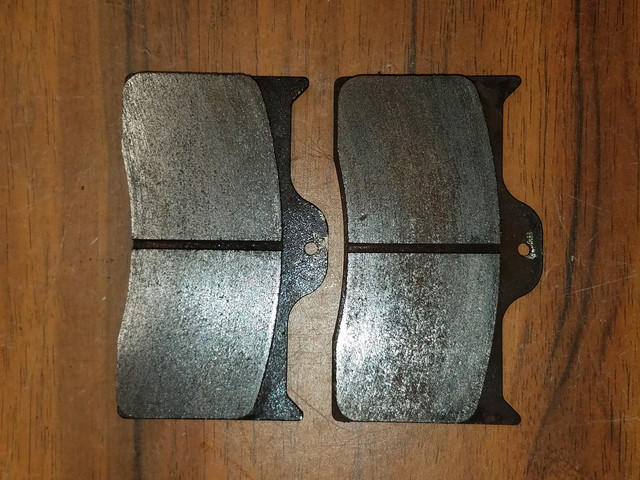- Joined
- Aug 14, 2014
- Messages
- 4,567
- Reaction score
- 1,614
- Location
- Madison, WI
- My Car
- 1971 Mach 1 w/408C stroker
Some time ago I replaced the brakes at the four corners. In the front I installed Wilwood's 11.3" rotor kit with 4-piston calipers (140-13477). In the rear I installed a conversion kit that uses the ElDorado type of rear brake calipers. Recently, I replaced the master with a Wilwood tandem (260-8555) with a 1" bore. All the tubing and hoses are new. I also have a proportioning valve on the rear circuit. That said, everything has been replaced except the combination valve. However, I rebuilt the combination valve with the kit from Muscle Car Research and removed the integrated proportioning valve springs of the combination valve. My issue is that the car is not braking as I was hoping it would. With the proportioning valve all closed I am able to lock the rear brakes, but I have not been able to lock the front brakes. I expected that with the brake system that I have I should have been able to lock up the front brakes. I understand that I don't actually want to lock the front brakes for efficient braking, but the fact that I am not able to lock them when fully stepping on the pedal is telling me that something is not right. The only suspect I have now is the combination valve and I am wondering if I should eliminate it and go with a tee to the front. What else can be in the combination valve that could cause the front brakes to be inefficient or am I missing something? I guess that the only thing I will lose is the functionality of the idiot brake light.






















































